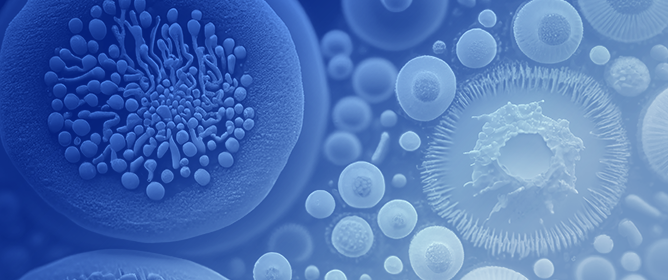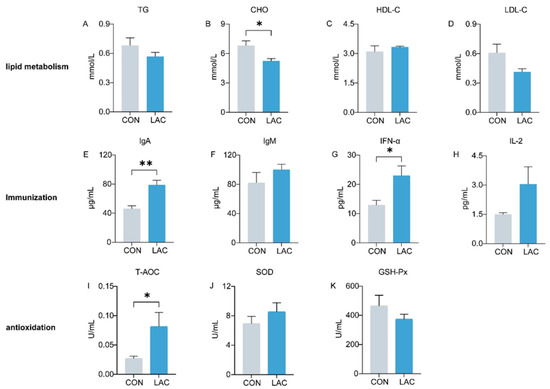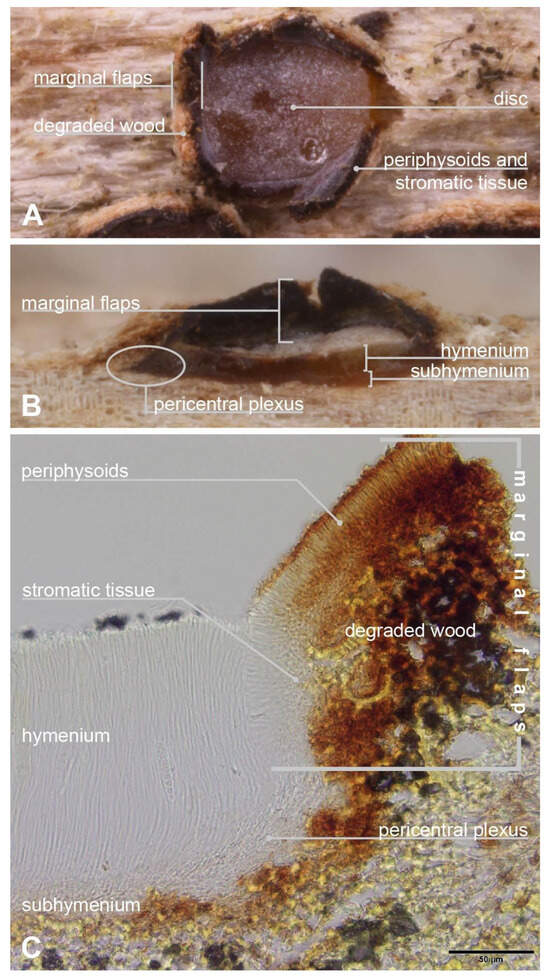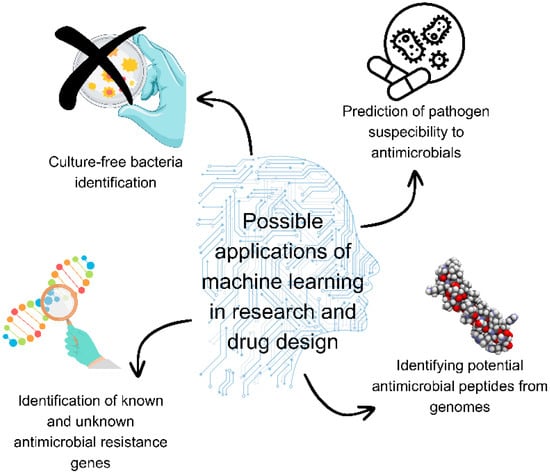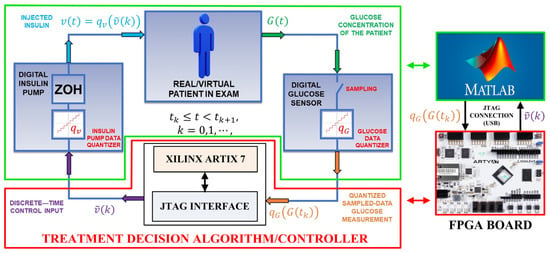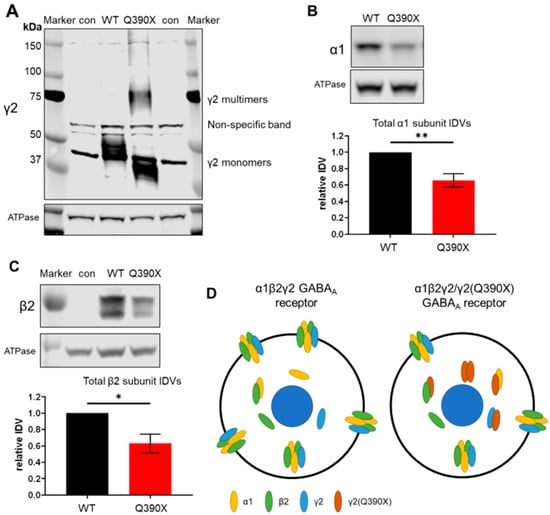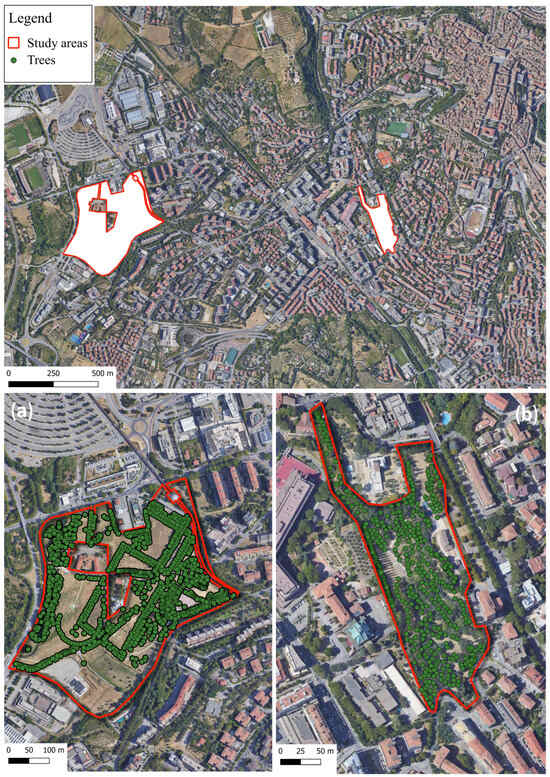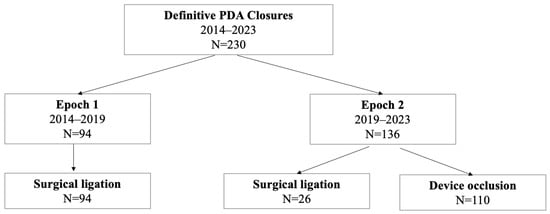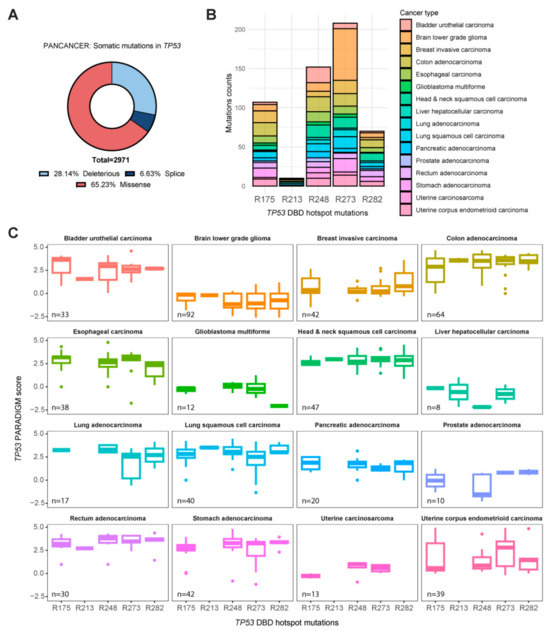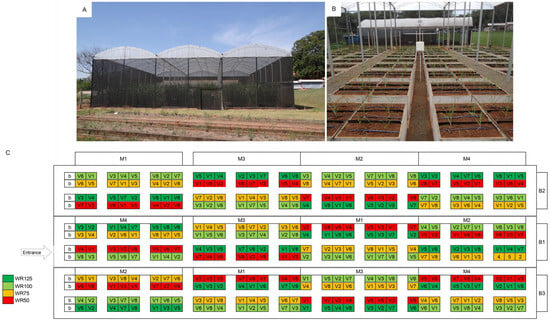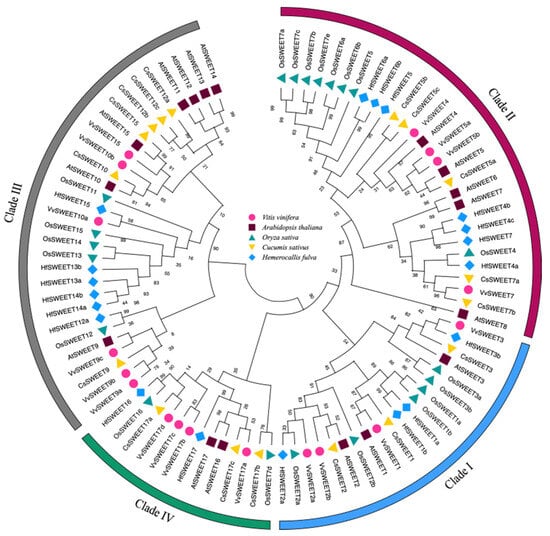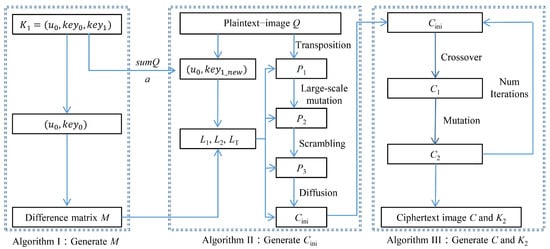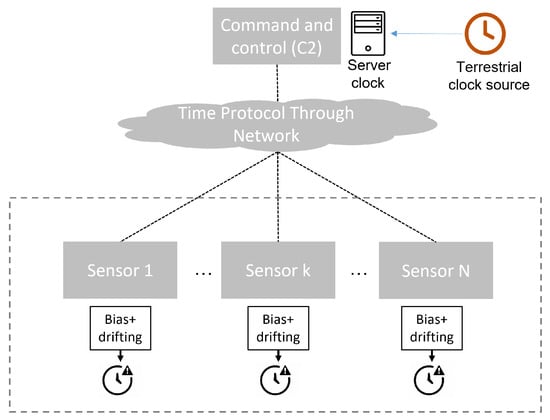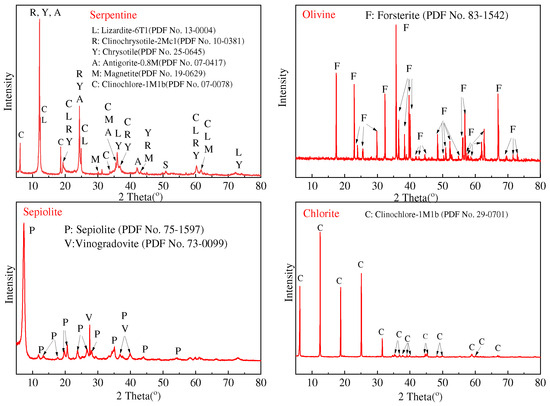SWEET (Sugars Will Eventually Be Exported Transporter) proteins, identified recently as a novel class of sugar transporters, play pivotal roles in the transport and distribution of photosynthetic products in plants. They are integral to physiological processes such as response to biotic and abiotic stress, growth and development, and fruit quality formation. In this study, leveraging the latest grapevine genomic data, we identified 18 members of the grapevine
SWEET family and named them based on their homologs in Arabidopsis. We conducted a detailed analysis of these protein-encoding genes, focusing on their structure, conserved domains, and phylogenetic relationships. Phylogenetic analysis revealed that the grapevine
SWEET family members could be categorized into four clades, with the majority of members displaying relatively conserved gene structures and motifs. Chromosomal localization and homology analysis indicated an uneven distribution of
VvSWEETs across 11 chromosomes, with evidence of two segmental duplication events during evolution. Furthermore, we investigated the transcription levels of
SWEET genes across different tissues, organs, and developmental stages of fruit, as well as their response patterns under abiotic stress (drought, cold, and salt stress) and biotic stress (
Botrytis cinerea infection). Expression profiling demonstrated strong tissue-specificity and temporal-spatial specificity of
VvSWEETs, correlated with their respective clades. It is noteworthy that the expression levels of most members within Clade 1 of the
VvSWEET gene family, especially
VvSWEET1, were markedly upregulated in response to a broad range of stress conditions. Our results provide a comprehensive bioinformatic characterization and analysis of the grapevine
SWEET gene family, unveiling the potential functions of grapevine
SWEET genes and offering a vital reference for further functional studies.
Full article
 IJMS
IMPACT
IJMS
IMPACT Applied Sciences
IMPACT
Applied Sciences
IMPACT Sustainability
IMPACT
Sustainability
IMPACT Sensors
IMPACT
Sensors
IMPACT JCM
IMPACT
JCM
IMPACT Energies
IMPACT
Energies
IMPACT Molecules
IMPACT
Molecules
IMPACT Materials
IMPACT
Materials
IMPACT Remote Sensing
IMPACT
Remote Sensing
IMPACT Cancers
IMPACT
Cancers
IMPACT Electronics
IMPACT
Electronics
IMPACT Mathematics
IMPACT
Mathematics
IMPACT Foods
IMPACT
Foods
IMPACT Buildings
IMPACT
Buildings
IMPACT Plants
IMPACT
Plants
IMPACT Nutrients
IMPACT
Nutrients
IMPACT Animals
IMPACT
Animals
IMPACT Polymers
IMPACT
Polymers
IMPACT Water
IMPACT
Water
IMPACT Diagnostics
IMPACT
Diagnostics
IMPACT Biomedicines
IMPACT
Biomedicines
IMPACT Agronomy
IMPACT
Agronomy
IMPACT Microorganisms
IMPACT
Microorganisms
IMPACT Processes
IMPACT
Processes
IMPACT Healthcare
IMPACT
Healthcare
IMPACT Forests
IMPACT
Forests
IMPACT Cells
IMPACT
Cells
IMPACT JMSE
IMPACT
JMSE
IMPACT Medicina
IMPACT
Medicina
IMPACT Viruses
IMPACT
Viruses
IMPACT Agriculture
IMPACT
Agriculture
IMPACT Nanomaterials
IMPACT
Nanomaterials
IMPACT IJERPH
IJERPH
 Land
IMPACT
Land
IMPACT Pharmaceutics
IMPACT
Pharmaceutics
IMPACT Pharmaceuticals
IMPACT
Pharmaceuticals
IMPACT Religions
IMPACT
Religions
IMPACT Biomolecules
IMPACT
Biomolecules
IMPACT Life
IMPACT
Life
IMPACT Micromachines
IMPACT
Micromachines
IMPACT Atmosphere
IMPACT
Atmosphere
IMPACT Antioxidants
IMPACT
Antioxidants
IMPACT Genes
IMPACT
Genes
IMPACT Metals
IMPACT
Metals
IMPACT Symmetry
IMPACT
Symmetry
IMPACT Children
IMPACT
Children
IMPACT Coatings
IMPACT
Coatings
IMPACT Vaccines
IMPACT
Vaccines
IMPACT Horticulturae
IMPACT
Horticulturae
IMPACT Education Sciences
IMPACT
Education Sciences
IMPACT Minerals
IMPACT
Minerals
IMPACT Brain Sciences
IMPACT
Brain Sciences
IMPACT JPM
IMPACT
JPM
IMPACT Bioengineering
IMPACT
Bioengineering
IMPACT


